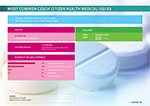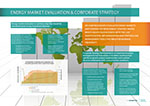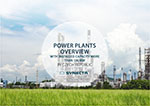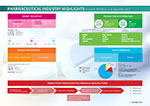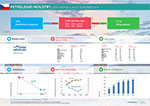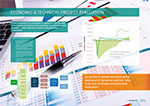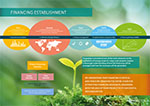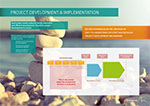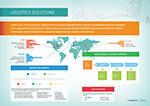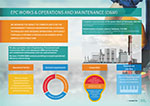We have been active establishing emissions reduction in Asia and Europe since 2011.
We are currently involved in four Clean Development Mechanism (CDM) projects. Our two direct projects include:
- Talimarjan Clean Generation Project emissions reduction 8,361,518 t CO2e.
- Tashkent Power Project emissions reduction 3,903,428 t CO2e.
We offer the following services:
- Identification of potential CDM projects; identify the methodology, establish the baseline case
- Development of the GHG (greenhouse gas) emission reduction documentation in accordance with international rules
- Advisory services in contract negotiations with the validation company and executive board
- Marketing GHG emission reductions on behalf of the project owner.
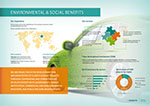
We command the research and development towards implementing smart-metering projects as a way for more efficient energy conservation and long-term benefits passed on to both the industry and our customers.
The main advantages of smart-meter implementation are:
- Efficient control of electricity peaks
- Better structured transmission and distribution networks
- Setting ‘live’ principles to determine energy tariffs.
According to EU directives, European consumers may have more than 280 million smart meters installed by 2020:
- UK: 53 mln meters
- Italy: 30 mln meters
- France: 35 mln meters
- Netherlands: 15 mln meters
- Spain: 33 mln meters
- Sweden: 5 mln meters
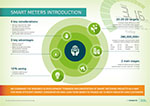
There are highly advanced technologies that require minimal or no waste sorting and produce significantly less emissions and hazardous residue, have higher energy yields versus existing technologies, are supported by EU mechanisms and have a defined income stream. These advanced plants, such as plasma arcs, are able to generate twice as much electricity as classical combustion technology and up to three times more than a general wind park, meaning more households served with electricity.
There are three main socio-economic environmental benefits of Waste to Energy (WtE) technologies:
- Up to six times more emissions reduction in comparison with landfilling and more than a 90% volume increase of recycled residue
- Safe treatment of a variety of waste
- Electricity supply for more households (three times as many) compared to general wind sites.

Biodiesel is a ecological fuel produced from vegetable oil. In most cases rapeseed oil, sunflower oil and soybean oil are used in the transesterification process of biodiesel production.
This kind of fuel could be used alone in diesel engines or mixed with petrodiesel.
SYNECTA a.s. creates value to the biodiesel industry by minimization of air pollution in comparison with conventional fuels to contribute to green-energy efficiency as a renewable energy source.
The main biodiesel advantages are:
- It is a renewable energy source
- Air pollution reduction
- It can be blended with other fuel
- It can be used in conventional diesel engines without additional modernization.
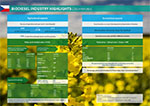
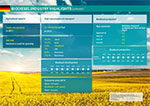
Biogas is an important constituent in the energy supply system and considered one of the top alternative energy sources. It is used as fuel for electricity production, heat, steam and vehicles.
Biogas units could be constructed as a treatment facility on the farms, battery farms, distilling plants, sugar factories, or a meat-packing plants. Utilizing waste production into biogas, the rendering plant could be replaced by a biogas plant.
Denmark is a leader in the production and usage of biogas, where it makes up about 18% of the total energy supply. Germany achieved the highest figures of installed biogas units, totaling 8000. About half of the battery farms are heated with biogas in Western Europe.
The most widespread source of biogas production is landfill gas or refuse gas (49.2%); plant crops are the other most frequently used crude source. Fifteen percent of biogas is produced by treatment facilities in the EU.
Reduction of greenhouse gas emissions and significant contributions to the environment increase the efficiency and potential of biogas. Research shows the benefits of this alternative fuel provide emissions reduction of 15 mln tonnes CO2e.
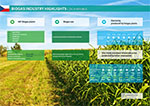
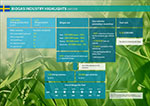
The Liquefied Petroleum Gas (LPG) appeared on the fuel market in 1990 and rapidly gained popularity.
It is widely used in Europe, where the total number of LPG vehicles amounts to 7 million.
The main benefit of this gas is pollution reduction for the environment. It emits 10% less carbon dioxide and 85% less carbon monoxide than petrol.
The process of producing LPG is divided into two stages:
- Petrol refinement from crude oil
- Natural gas extraction.
After compression, gas is converted to the liquid form to be used in vehicle tanks at a special gas station. There are about 20,000 LPG stations in Europe.
As one of the cleanest fuels, LPG has other meaningful benefits, including lower costs. Due to the tax incentive the average price is approximately 40% less than conventional fuel.
SYNECTA a.s. is able to offer:
- Feasibility studies and predictive analyses
- Auto gas facilities
- Auto gas supplies in accordance with European certification and country-specific requirements.
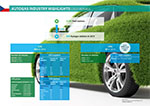

With our in-depth knowledge of industrial-equipment supply, we offer complete solutions with competitive advantages throughout the entire process.
SYNECTA’s input:
- Database & Agreements
- Time & Resources
- Expertise in large-scale projects
- Extensive product range
- Strict quality & standards execution.
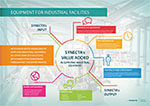
We aim for executive decision-making based on in-depth health medicine industry research, where our expertise allows us to respond to market potential with greater accuracy and on-time project delivery for a successful long-term execution.
Our technical collaborations involve respectable technology brands spanning a list of projects, including the notable 2,000+ beds Motol hospital (Prague, CZ) and other EU projects.

